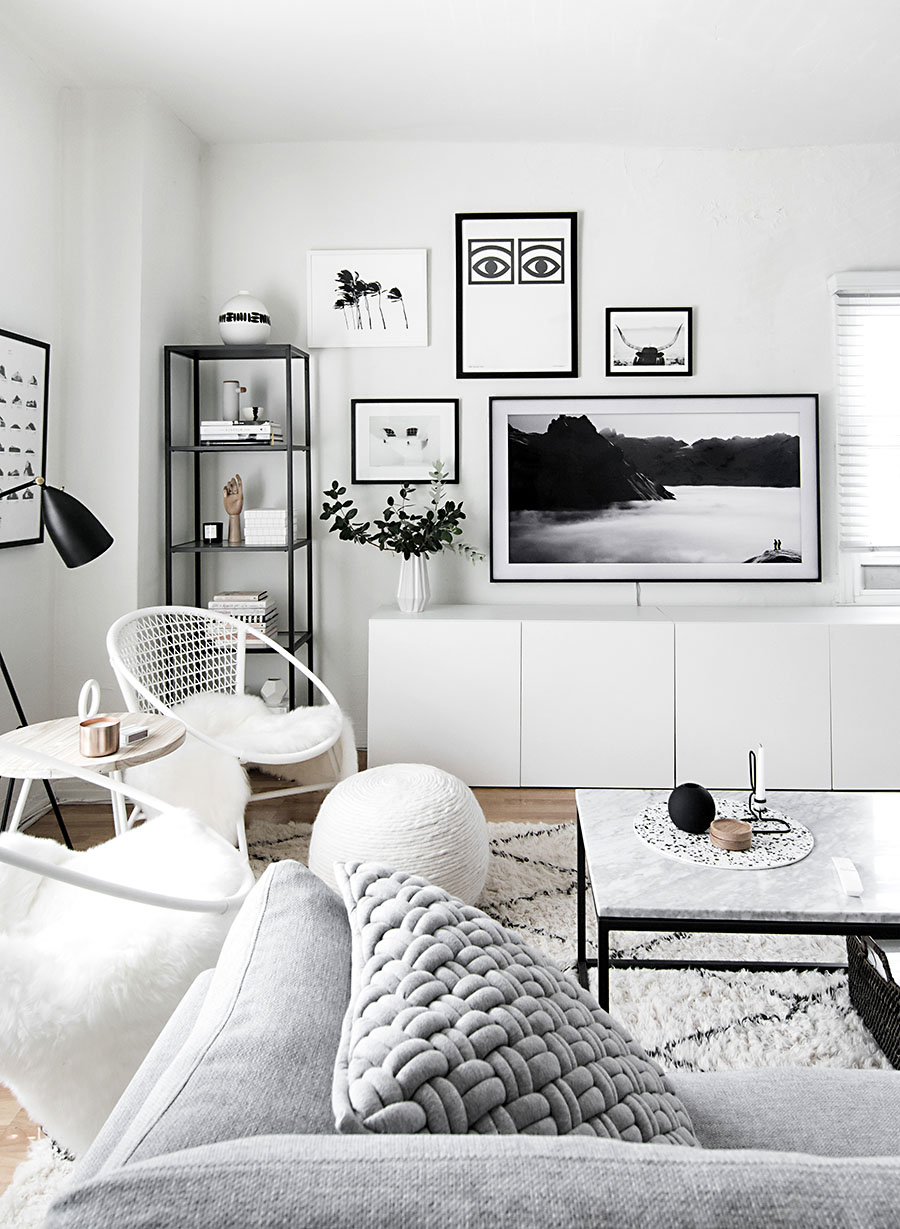
This is a dilemma I hear from you a lot about, and one that I still sometimes have my struggles with, but it’s not nearly as bad as when I first started getting into decorating our home years ago, so I’ve got a lot to say about it! Regardless of being generally indecisive (stemming from stressing over whether I’m making the best decision possible for anything in any area of my life because if I don’t then I’ll die), choosing those investment pieces for your home and the things you’ll live with presumably for years is a big undertaking that most of us find impossible not to take lightly. That pressure can be paralyzing, especially if you’re not really sure what you love, or you feel like you love everything, or what you love is constantly changing. So, how do you know when you’ve found the one? When is it right to pull the trigger on that amazing table or expensive sofa?
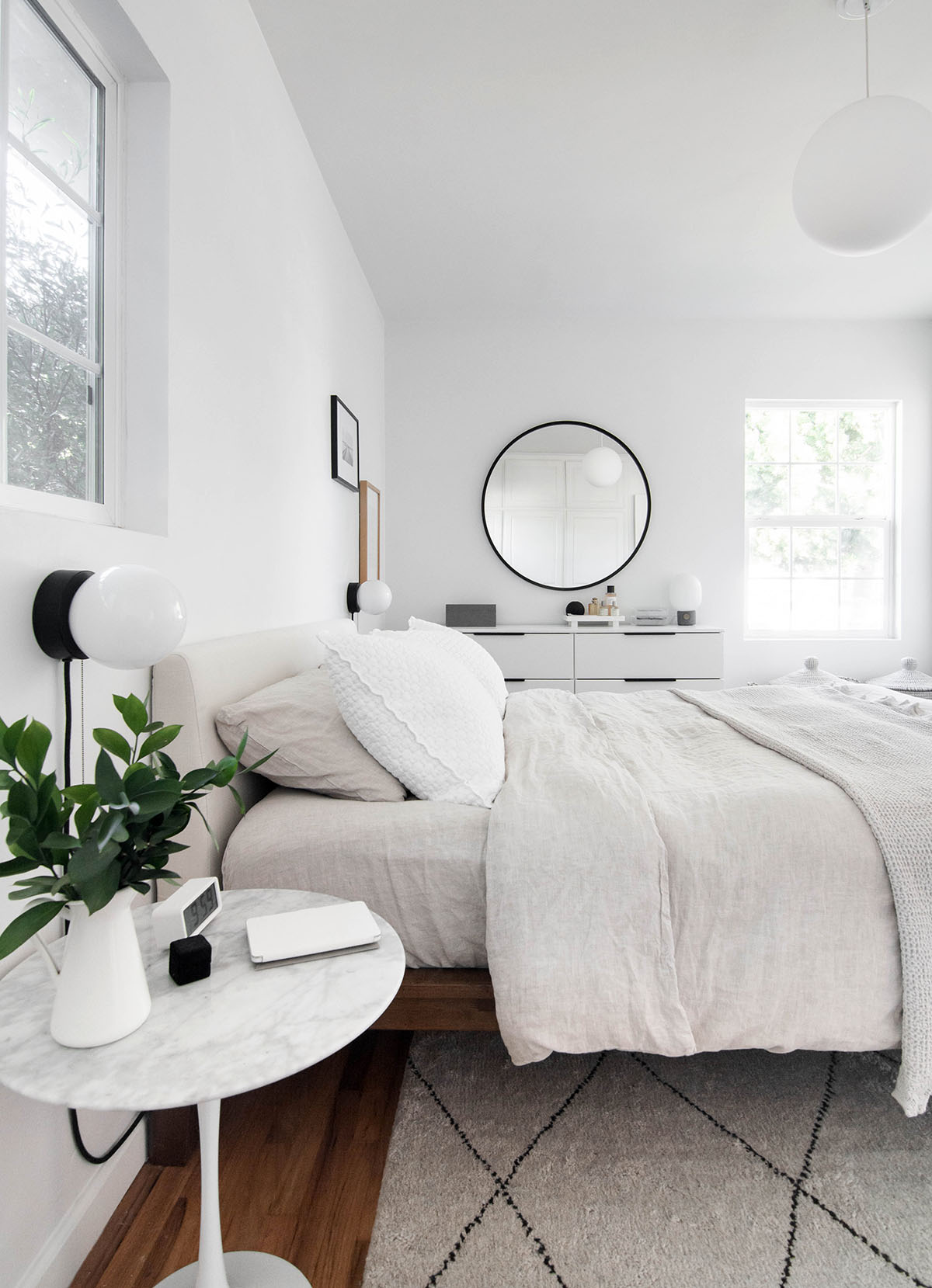
1| Train your instincts.
I wish I could say it’s enough to follow your raw instincts and when you know, you just know. Sometimes that happens and it feels like divine intervention, but it won’t happen for everything, or you think it’s happening and later you see that it definitely wasn’t happening and you wish you could return it. Paying attention to what your instincts draw you to is a good start, but especially if you’re towards the beginning of your design journey (or starting over), those instincts will serve you better if you work at training them.
That was a long way of saying you need to do some focused work on figuring out your style if you’re at all feeling unsure about it. This can take time to paint a clear picture of. It took me years honestly, though in the beginning I thought I knew right away what styles I’d be into forever. Only looking back is it apparent that the journey took years, and that’s to say that your tastes can and will change, but you can establish a style foundation to guide you through it.
The way I did this was simply using Pinterest. When you’ve collected a large amount of inspirational imagery that speaks to you, themes will naturally emerge. What are the colors, textures, shapes, and finishes that are common across the spaces you’ve saved? What’s the general mood in the interiors you love? Use the Pinterest search tool to figure out who made that chair that keeps popping up in some of the images, or to find ones similar to it. Does that brand or designer produce other items that you like? Do the interiors in their promotional imagery or portfolios appeal to you as well? Why? This rabbit hole can keep going deeper for hours past your bedtime.
You don’t have to categorize your style, although it can help a lot to focus your search and is definitely going to make it easier for you to continue finding spaces and furnishings that you’ll be into. For me that category is Scandinavian style, and when I found it I latched on tight and could do nothing but live and breathe it. It is my deepest design love, and through it I discovered more styles that I love like minimalism, industrial, modern traditional, Bauhaus, wabi-sabi… until it’s now kind of all meshed and I can describe my style through a list of characteristics:
I like contrast, muted and earthy colors, clean simple lines, organic textures, subtle patterns, stones like marble and concrete, some sort of black detail in every room, bright light-filled spaces, light wood tones, line art, chrome details, brass touches too because I’m cool with mixing metals, soft curves, moody shadows, neutral color stories, matte finishes, modern ceramics, minimal sculptural accents, and it goes on.
This list has become my instincts, the things my eyes automatically look out for and catch, and it’s the most specific way I can describe the key to what has resulted in bringing things home that I’ve continued to love over years. Sit down with yourself and come up with your instincts list. It could take a while or it could be quick, either way, have something definitive you can refer back to when you start feeling lost.
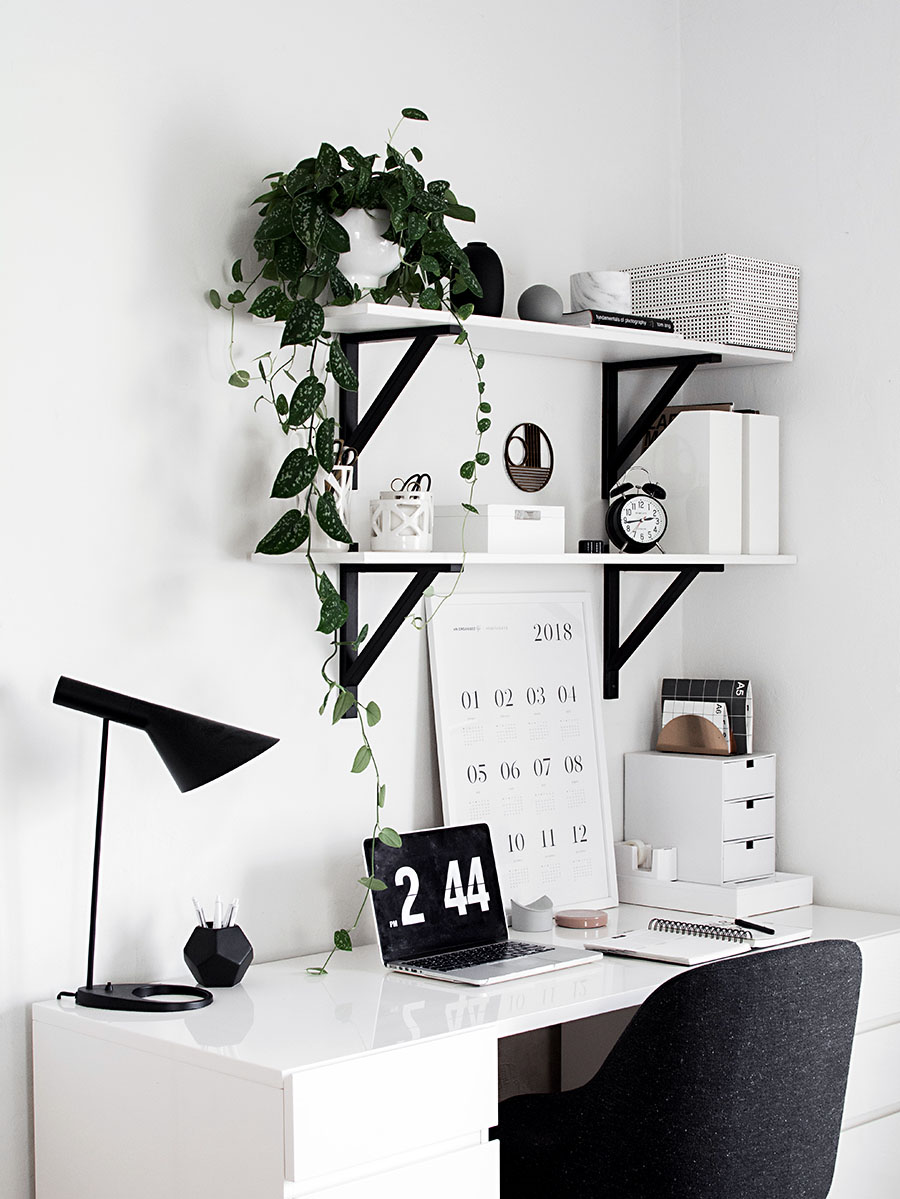
2| Assign a budget to your project.
No one wants to spend more than they have to, but if you don’t set aside a number that makes sense for you, it makes it harder to make decisions about what to get and where to make room to splurge. It’s like anything else when it comes to budgeting- it empowers you to make a plan, decide on your list of priorities, and act on it with more confidence.
The difference can be monumental in a situation like let’s say you know your budget is tight and you approach this by wanting to get all the pieces you need as affordable as possible. You find your dream sofa for $100, but aw man that feels like too much, so you go with an alternative you don’t love nearly as much but at least it cost only $60, and then the same happens with the coffee table but at least you only spent $10 on it, and then $30 total on 2 chairs, $30 on a bookcase, $20 on a lamp . The total spent is now $150, and as you look at the room, that sofa you weren’t crazy about but got because it was a good deal is bothering you. You fantasize about that dream sofa that would’ve been perfect in its place, and you think maybe you’ll start saving now to get that dream sofa in the future.
WHAT IF… you had approached this living room makeover with a $150 budget and it gave you the confidence to pull the trigger on that $100 dream sofa, then the plan would become to take the leftover $50 to hunt for more affordable pieces for the rest of the room?
The no-plan bargain hunting story is a summary of what I generally did with everything when I first decorated our apartment, and if I could go back I would 1000% come up with a budget and plan first and get the $100 dream sofa. Through it all, I spent a lot more trying to “fix” regretful purchases and replace them over time, but like any mistakes made, they help you figure out what you want. Even if it ended up being regrettably expensive mistakes, the lessons learned aren’t a complete loss. Hopefully, sharing my experience can help you do better than I did.

3| The pull should be positive, not negative.
You should pick that green color because you LOVE it vs. picking that green color because you always choose white and feel like you should change things up and do something different even though you love that white color most. One is clearly a positive pull and the other is negative, yes? I have always regretted decisions I’ve made from negative pulls, thinking that I should do things for the sake of being different or more dramatic when underneath those trendy veils I knew what I truly loved all along.
Being bold and unique is a style in itself, and a quest you can pursue at any time no matter your design story. Of course having a special design is a great outcome, but I personally don’t make that the primary intention behind the decisions I make. I care most that I love these pieces for a long time, that they’re functional and comfortable, and in some cases that they can be versatile enough to work across multiple rooms. If they happen to be bold and different, so be it. This is my positive pull! Pay attention to the voice that tells you it’s great and works for your needs, not the voice pushing you to consider different options for the sake of being different unless, again, being different is your goal.
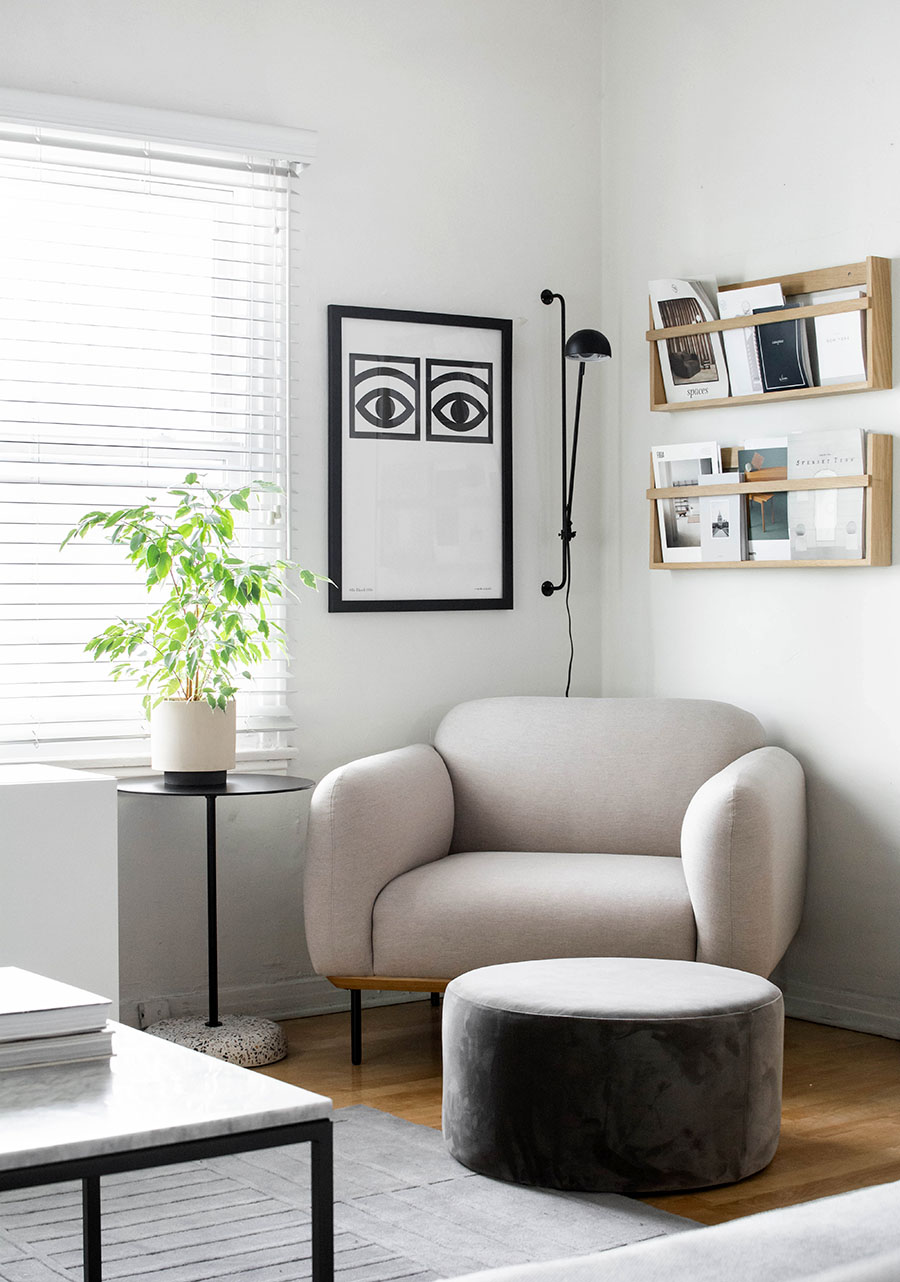
4| Do your research.
Return policy, materials, reviews, email customer service if you need more info about anything, compare prices and shipping protocols across different retailers. If an item comes highly recommended from someone, still do your own diligent research about whether the product and brand is right for you. With such big purchases of course you want to get it right the first time, but it’s also comforting to go with an option that has a way out if it ends up not working the way you imagined it in your space.
Sometimes you pore over it for weeks, maybe months, then fork your money over and wait patiently for it to ship to your home, unpack it, place it where you thought it would go, and realize oh no… it’s not right. I’ve done this many times, and it’s part of the process though anyone would love to completely avoid it, but the fear of making a mistake keeps you at ground zero. This is why I always always urge others to go with a source that has a good return policy, especially if there’s no way of testing out the comfort of the item first- it’s a safety net. Of course this is difficult if you want a vintage piece with custom upholstery that has zero possibilities of getting returned, but you’d hopefully only make that decision if you were completely sure it was your soulmate.
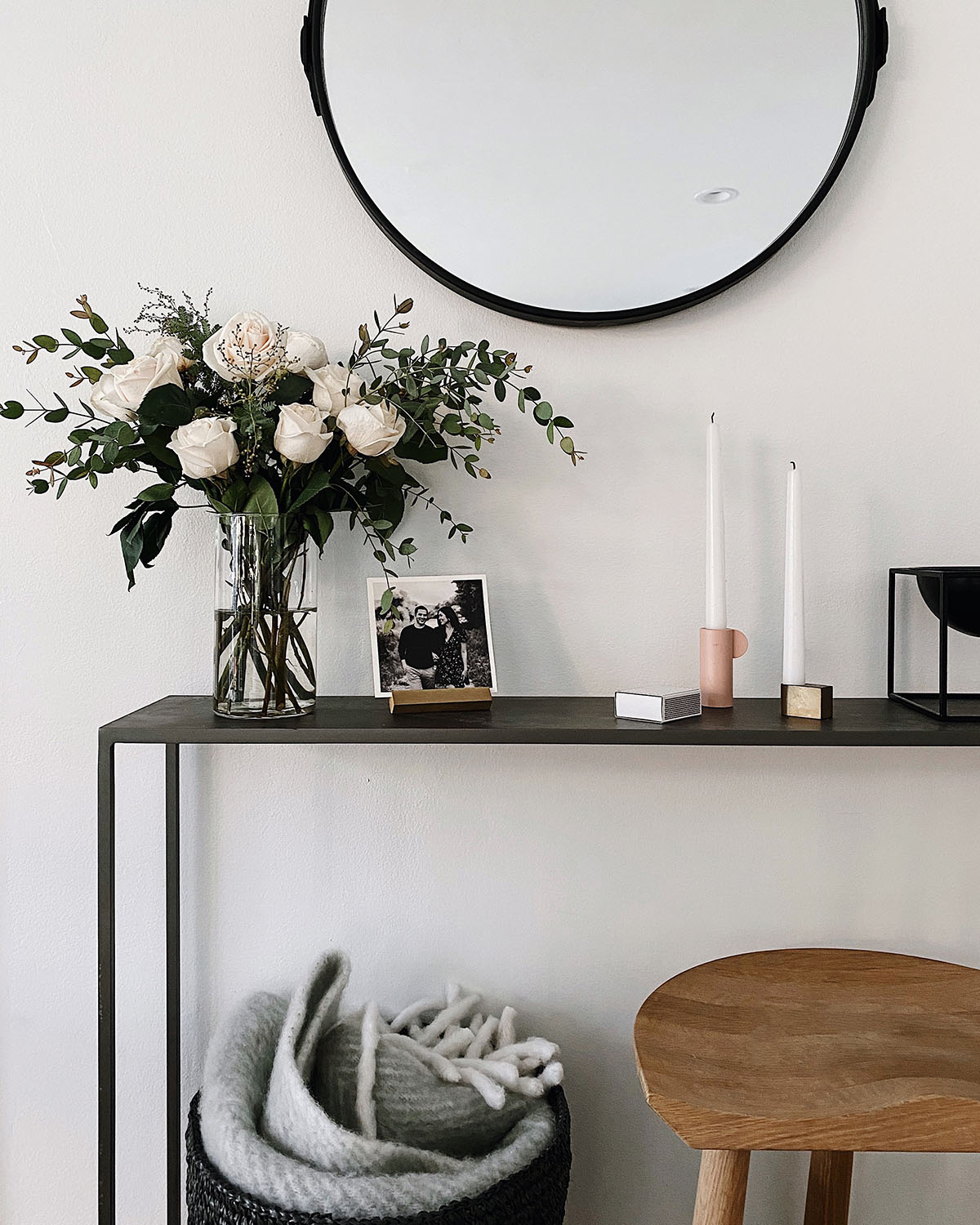
5| Focus on what you love right now.
Let me know if you’ve figured out how to predict the future. Wondering whether you’re going to love that table in five years doesn’t necessarily mean it’s not the one. If you can definitively say you think you’re hopping on a trend right now and don’t feel like it’ll grow with you, then that’s a clear no, but if it’s more like ,“What if tomorrow I’ll love something else more?” then you’ll never make a decision about anything ever.
I know especially when all this home stuff can get so expensive that we want to make sure every penny goes to decisions we will never regret, but the unavoidable truth is that you will not always make decisions that you’ll be happy with forever. There were plenty of things I bought over 5 years ago thinking I’d love them forever, then looked at while we were packing to move and thought HOW did I ever think this was worth trading money for? It just happens. Tastes change, we change, and we can only effectively focus on what we love now and maybe whatever foreseeable nearby future we might try to predict. If you love it a lot now, it fits your instincts list, and it works with your budget plan, go for it.
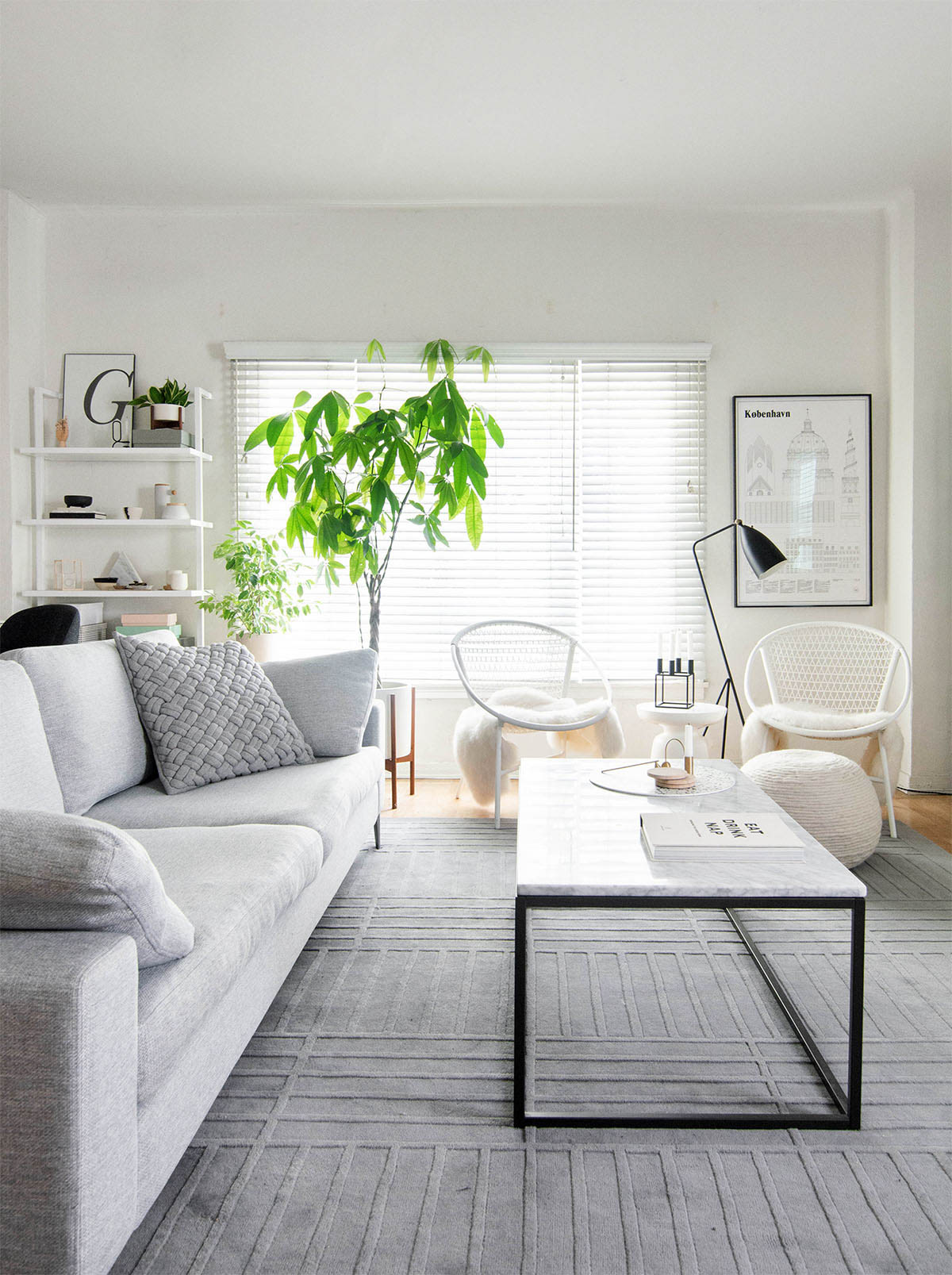
6| Take your time.
This is the biggest message of all. I would always advise ironing out your ideas and learning to be a more conscious shopper first instead of rushing to meet some arbitrary deadline to make your home “done.” Even when you see these interior designer projects where the client bought a new home and completely furnished every room with all new items that seemed to happen all at once, there were months and maybe years of planning that went into that.
Sometimes I will sit on an idea or item for weeks or months and see if I still feel the same later. Often times, I’ve forgotten about it, which is clear that it wasn’t meant to be. Other times, I’m still crazy about it and haven’t stopped thinking about it since. Time makes it more apparent when something is true love. Even though I would’ve loved it the same had I purchased the thing on an impulse, I feel better off knowing that feeling didn’t fade after I waited for it for whichever the reason- as a test for how much I loved it or to have given myself time to save for it.
Preferences differ on this matter, but what I’ve personally learned in my home journey is that I would much rather splurge on that dream piece and wait however longer it takes to save for the rest of the room than to try and get everything for the room all together. You can still plan out the room and know specifically all the items you want for it, but if it takes a while for you to make it happen one step at a time, your patience will pay off immensely, I assure you.
Despite all the planning in the world, you’ll likely find that it will take longer for your home to become layered and authentically lived-in by the people who live in it. Decorating your home is inherently a reflection of your personal journey, and it naturally grows and changes as you do. It doesn’t have to (and really shouldn’t) happen all at once!
Please let me know if you have questions about anything I wrote in this post, or if it sparked a topic you’d like more tips on. I’ll answer below in the comments, or maybe turn it into another blog post.

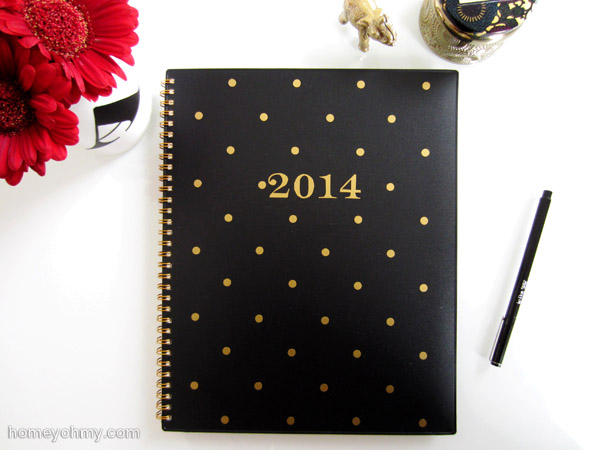
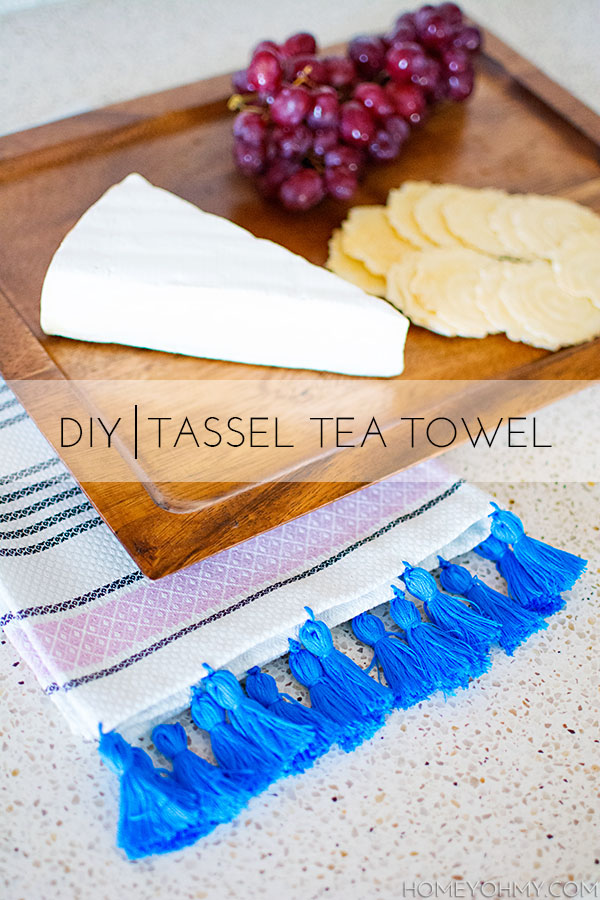
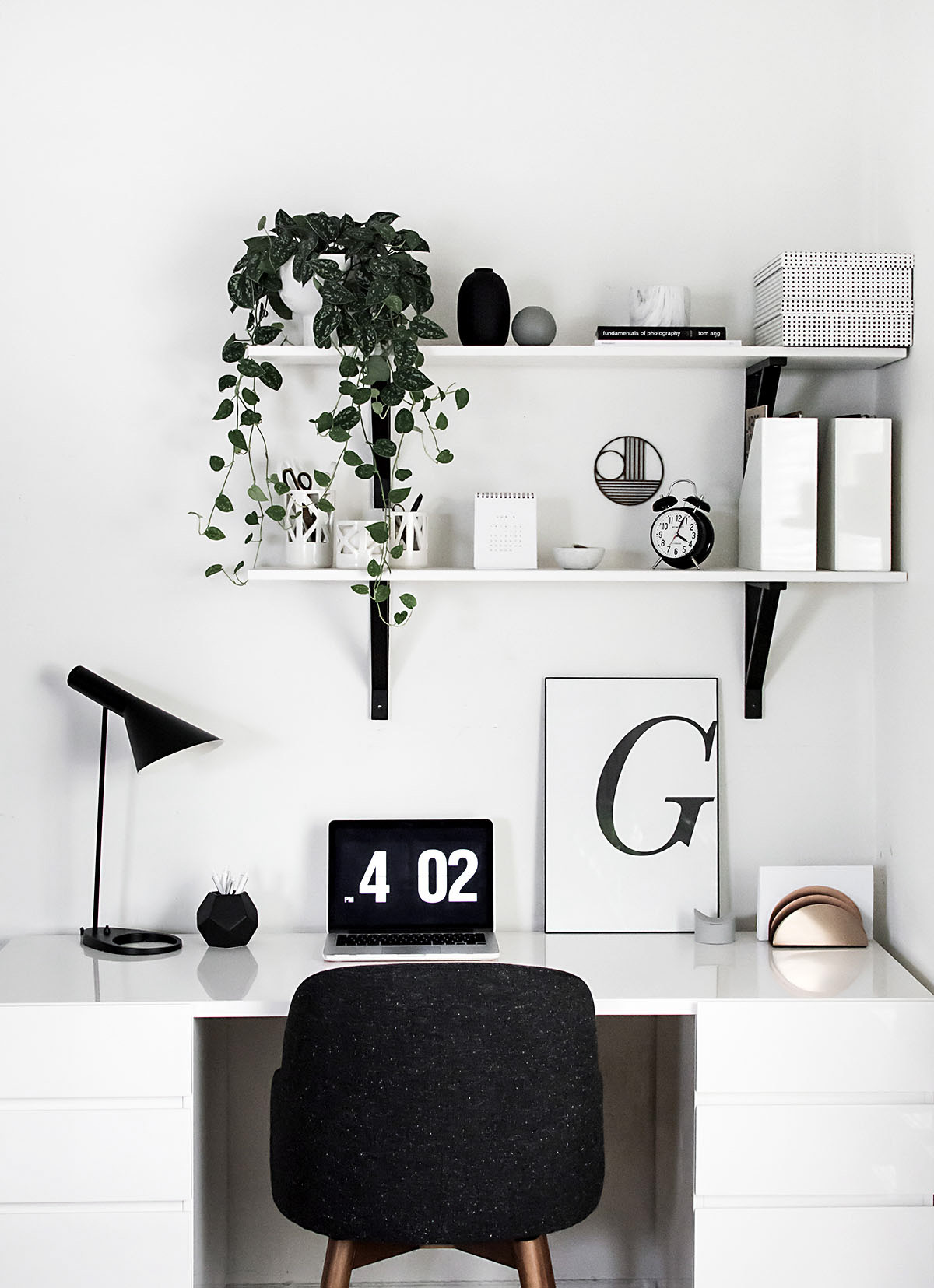
Love, love, love all the advice!! I personally related to all of the comments but never thought about them as a whole. This made me really look at my choices step by step. Thank you so much!
I’m so glad you found this helpful!!
I like to use waitforsavings to prevent myself from too many impulse buys. If I still love it 4 months later then I know it was meant to be. Great tips!
Haven’t heard of that service before, it looks great! Thanks for the tip!
What a wonderful post!! Thank you for putting it together. I definitely agree that one’s personal style for decorating or taste in furnishings can change over time. For example, when I was in my 30s, I had 2 armless chairs that sat low to the ground & did not bother me, after all I’m short & didn’t think they were a problem for someone to get out of & that person is 6ft. Now I’m older, I do wish for my feet to touch the ground when I sit but I also I love arms on a chair & the ability to recline– my chair preference has changed.. Could you perhaps do a house tour soon or answer in a post- what furniture you kept for the house from the apt? Did you keep the chair & ottoman from the reading corner? Did you keep your desk & the white shelf unit or the black one? Also have you discovered places in your new neighborhood that you love to grab coffee at or are you traveling back to your old favorite places? Sorry so long.
Yes! Our needs change too over time! I can answer your q’s quickly here. We are preparing to change out our wood floors soon, so we still haven’t unpacked everything and actually will have to pack some things up again to make space ha. After the new floors are in I’ll have a much better idea of what we’re keeping. The chair and ottoman are still here, I sold my desk and got a sit-stand desk (shared that in IG stories!), white and black shelf units are currently stored in the garage. I have discovered new places I love in our new neighborhood! We also go back near our old neighborhood very often and still visit our favorite places.
Thank you!
Thanks for the helpful post! I tend to second guess myself a lot because I’m commitment phobic. Can you tell me what color paint you have on the walls and how you chose it?
Hi Esha! It’s Sherwin Williams Pure White. I saw it in other interiors I liked and I kept note of other white paints I learned the names of in the same way. I picked four of the paint colors I had my eye on, made painted samples on foam board, and hung them up in each room at different times of the day. We consistently picked Pure White every time without knowing which sample was what and mixing up the order (we wrote the names on the back).
The chairs in last pic is so pretty!! Thank you for the great advice!
http://www-gmailcom.email/
Can you tell me where you got the entertainment center and your dresser?
Hi Teena, the media cabinet is two of the two door IKEA BESTA units and the dresser is also from IKEA that I made over- that blog post is here.